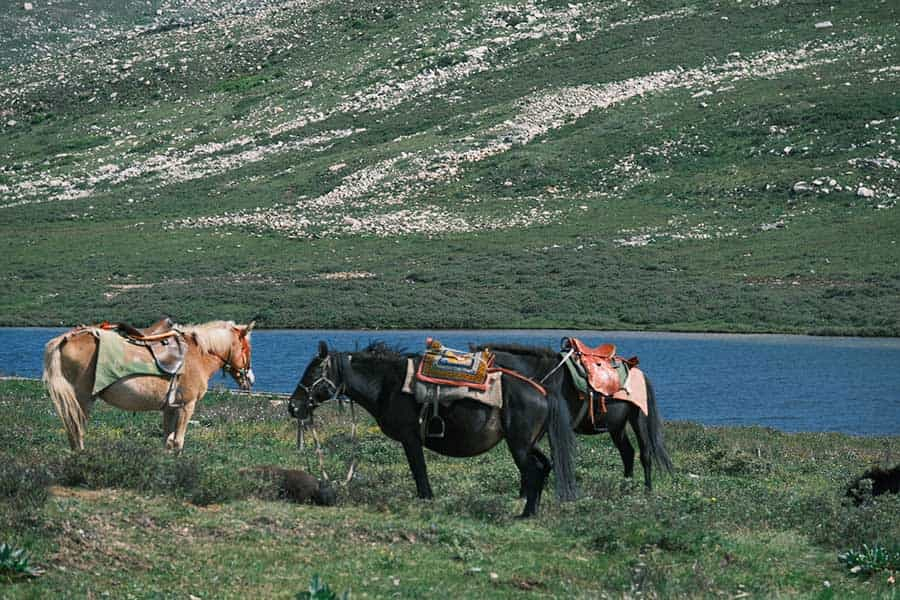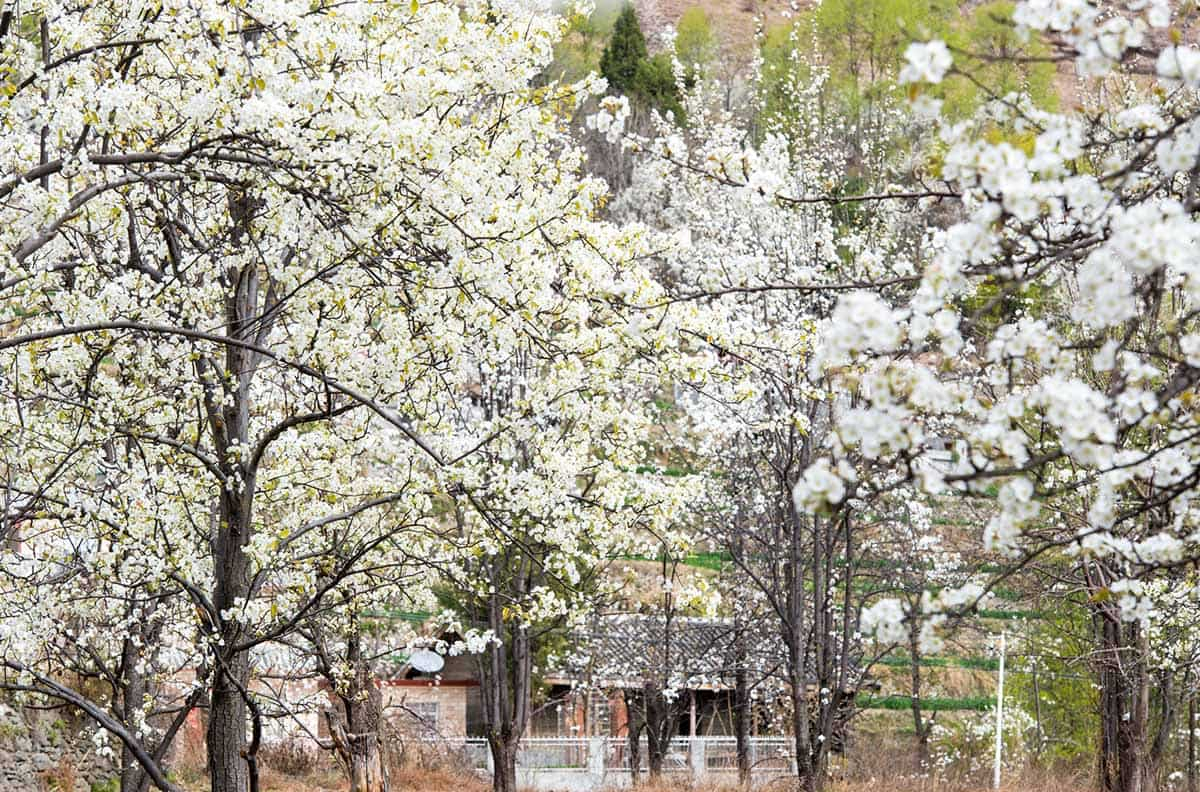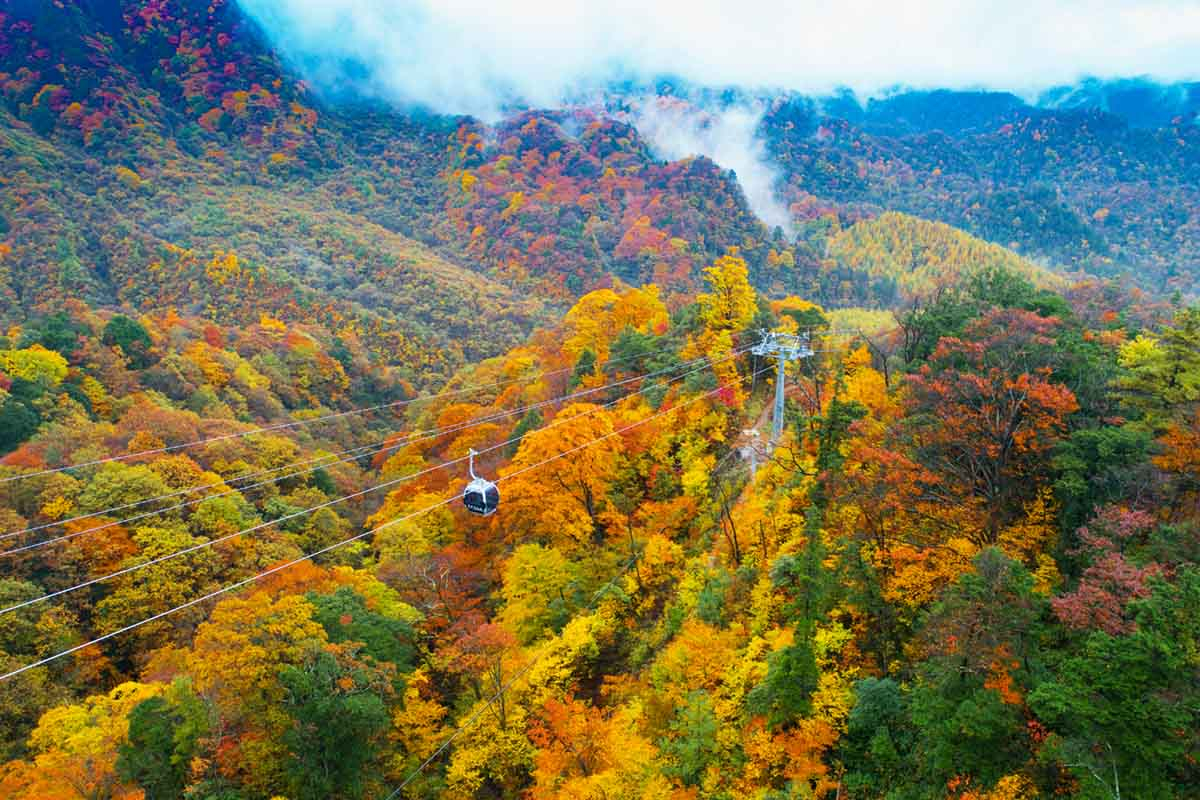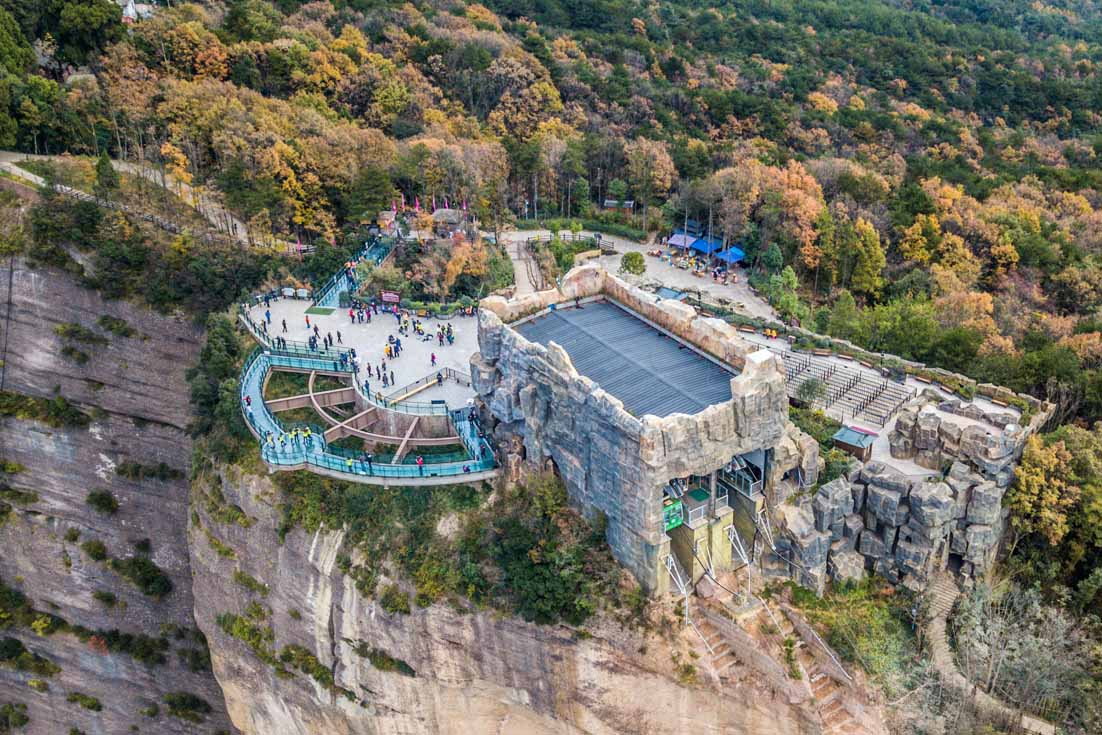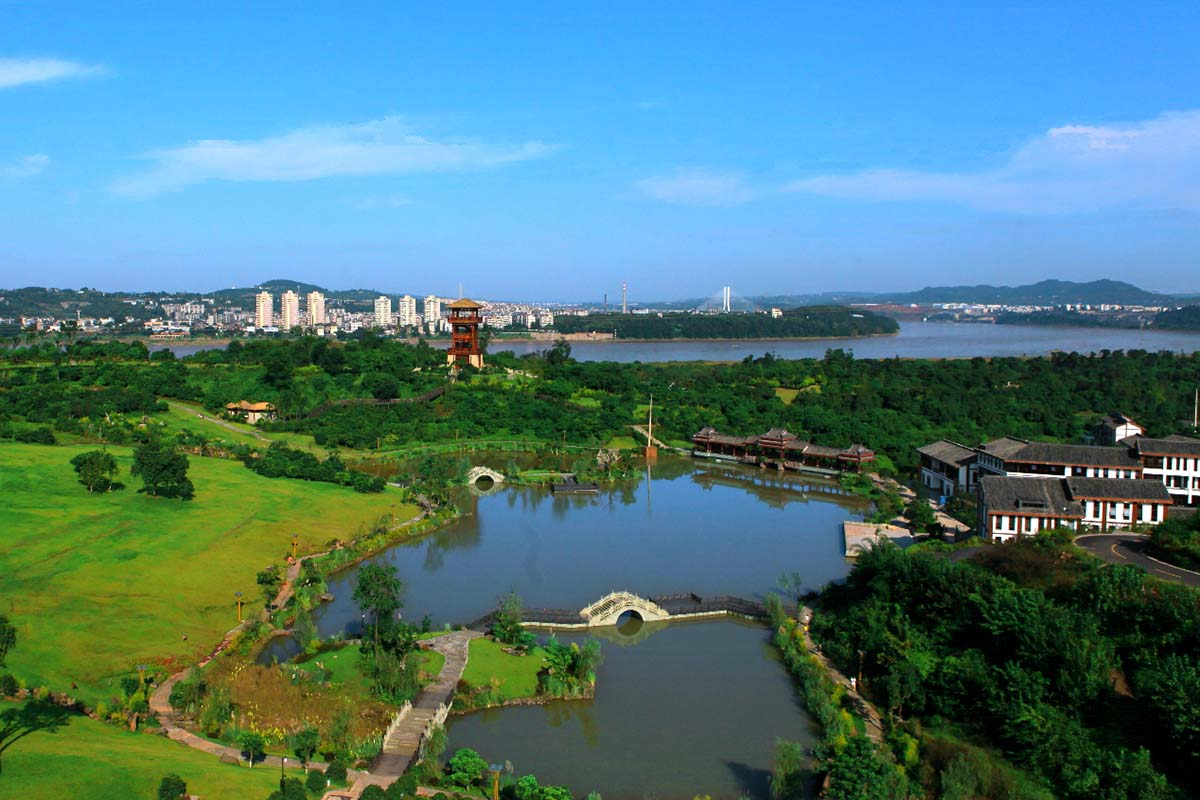Great Places to see giant pandas in Sichuan
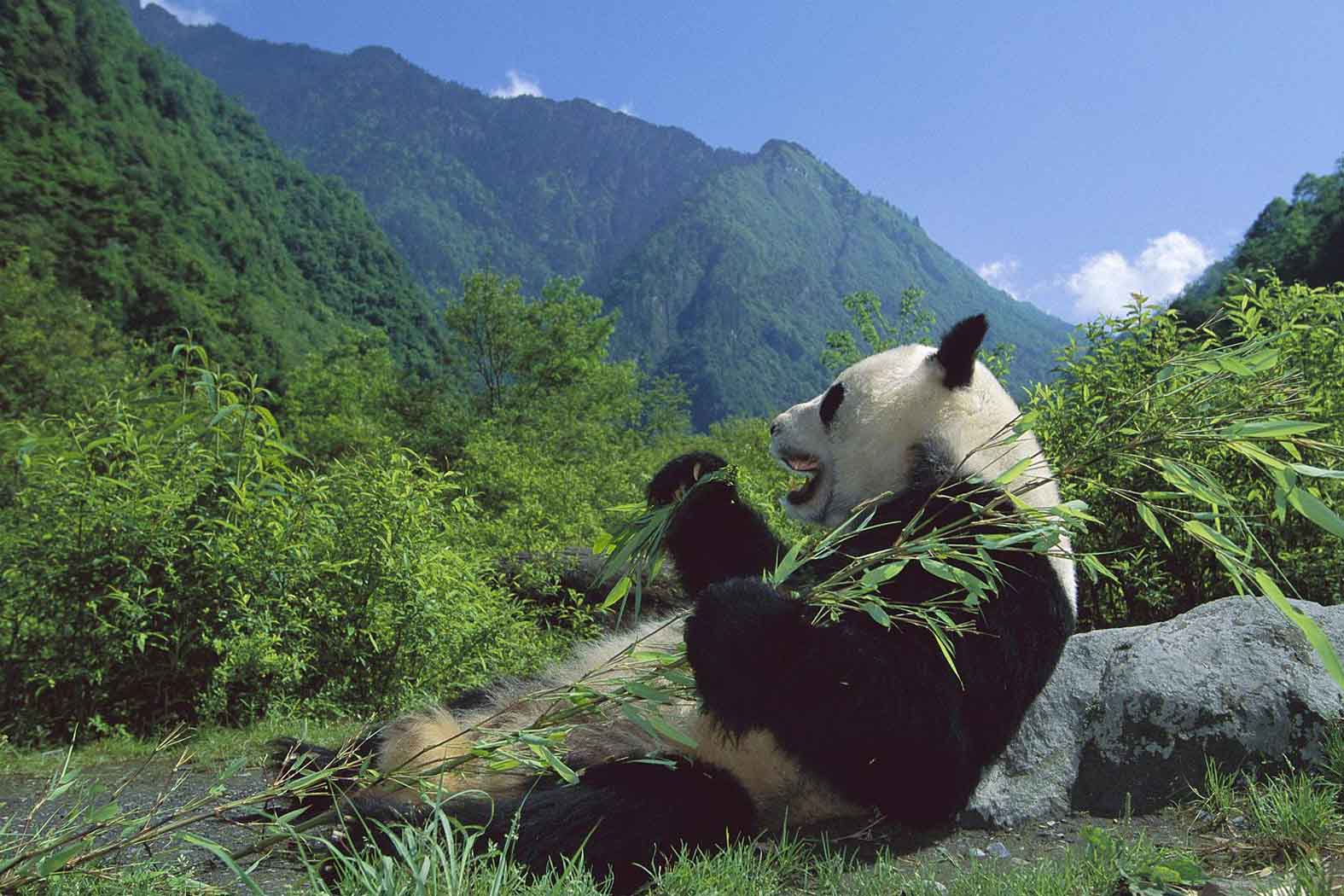
As the national treasure in China, Giant Panda is not just welcomed in China, but also in the whole world. In the wild, giant pandas are only found in the remote, mountainous regions of central China, in Sichuan, Shaanxi and Gansu provinces, according to the National Zoo. In this area, between 1500m and 3000m , are the cool, wet bamboo forests that giant panda's call home. The total 1,864 in China with 74 percent in Sichuan Province.The rare chance to see the cute pandas is to visit panda bases. There are four main panda bases opened to visitors in Sichuan, which offer you the chance to get close to pandas, even do a volunteer job with Chinese staff, including Chengdu Research Base of Giant Panda Breeding, Dujiangyan Panda Base, Bifengxia Panda Base, Wolong Panda Base.
● Chengdu Panda Base
As the world’s famous giant panda, scientific research and breeding base, public education base and educational tourism base, the Chengdu Research Base of Giant Panda Breeding is located at No. 1375 Outer North Panda Avenue, Chenghua District of Chengdu, Sichuan Province and covering an area of about 247 acres, is 10 kilometers from downtown Chengdu and about 30 kilometers from Shuangliu International Airport. The Base, as the “giant panda ex situ conservation ecological demonstration project”, is famous for the protection and breeding of endangered wild animals that are unique to China, including giant pandas and red pandas. It is honored as “the national treasure’s natural paradise and the people’s land of idyllic beauty” for its beautiful environment of overlapping mountains, clean water, lush trees, and chirping birds.
Unlike common zoos, it is concentrating on breeding pandas to enlarge its population size, as well as recovering the wild populations. So far, more than 160 giant pandas have been raised in the base. At present, nearly 100 giant pandas share the base with some other rare animals and birds, like red panda, peacocks, swans and black-necked cranes. Red panda is another species, looking like racoon in North America. The panda base is a must-go place, when foreigners travel to China.
● Bifengxia Panda Base
Bifengxia Base of China Conservation and Research Center of Giant Panda is located in Ya'an City, which is just over one hour by bus from Chengdu. In 2003, the China Conservation and Research Center for the Giant Pandas and the State Forestry Administration chose this gorge as a new giant panda base. The gorge, 'V' shaped, is composed of two small gorges, which measure 7km and 6km long respectively. Standing between 700 to 1,971 meters high, it is famous for the views of varied vegetation, valleys and waterfalls. Its excellent original landscape attracts more and more visitors each year to explore its wild beauty.
In the May 12th 2008 Wenchuan Earthquake, the Wolong National Nature Reserve suffered a crushing blow and over fifty China giant pandas living in captivity became completely homeless. In order to save these national treasures, Wolong National Nature Reserve has, since May 15th, carried out an evacuation plan. Twenty-seven giant pandas were transferred in batches to Chengdu, Fuzhou and Beijng, and the rest were moved to the Ya'an Bifengxia Base of China Conservation and Research Center of Giant Panda.
Endowed with good quality water and air, Bifengxia Base is a satisfactory place for the growth of pandas, and what is more important, it was only slightly damaged in the earthquake. With around 60 pandas, it is a comprehensive conservation project combining tourism, research and giant panda breeding in one place.
● Wolong Panda Base
Located in the southwestern Wenchuan County, 130km away from Chengdu, Wolong being the third largest natural reserve in China, it doesn’t just boast giant pandas but an overflowing species of flora and fauna. The area is composed of vast bamboo forests and lush vegetation set in a cool weather that makes it suitable for raising these gentle beings.
According to China's Third National Giant Panda Survey, Wolong National Nature Reserve houses about 150 wild individuals of highly endangered giant pandas. The reserve is also a home to many other endangered species including: snow leopards, red pandas, golden monkeys, white-lipped deer and many precious plants.
The Wolong Panda Reserve was the very first ecological conservation facility built in 1963 for the protection and breeding of giant pandas. Other Sichuan Panda Bases rely on Wolong Panda Reserve as the core center for panda breeding.The Wolong facility is the home to more than a hundred giant pandas and other wildlife before the earthquake in 2008. Luckily, most of the animals survived the disaster and they are temporarily moved to Bifengxia Panda Base for shelter.
Now, the Wolong Panda Reserve Center has been rebuilt and completed in 2016 sponsored by the Hong Kong government. Since then, the Wolong facility opened its doors to travelers and animal enthusiasts.
● Dujiangyan Panda Base
Dujiangyan Panda Base, also known as China Conservation and Research Center for Giant Panda Dujiangyan Base, the only giant panda care, disease prevention and control institute in the world, is situated in Mt. Qingcheng Town, about 56 km northwest of Chengdu and 18 km from downtown Dujiangyan.
Panda Keeper Program in Dujiangyan BaseBase land covers 506,666 square meters, and it subdivides into 6 zones including: rescuing and quarantining area, disease prevention and control research area, recovering and training area, reception and education area, vegetation area, and service area. Dujiangyan Panda Base offers plentiful supply of bamboos as staple food for this treatured animal. Tourists can follow the cute animals activities with cameras, electronic devices and other means.
You Might Like
- HOTEST
- RECOMMEND









